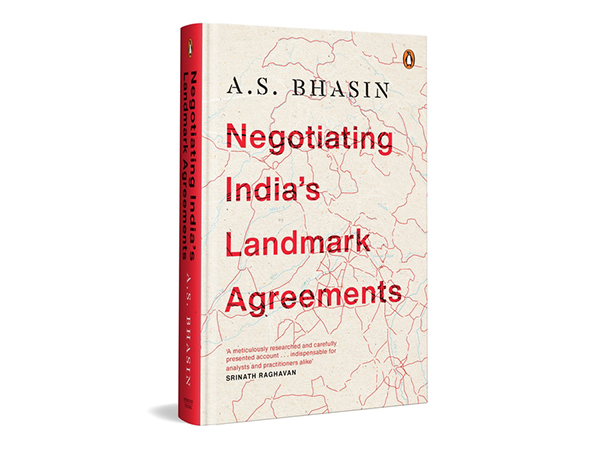Unveiling India's Diplomatic Milestones: Landmark Bilateral Agreements
In 'Negotiating India's Landmark Agreements,' AS Bhasin analyzes five key Indian bilateral agreements, revealing intricate political narratives and historic implications. From the India-China Agreement on Tibet in 1954 to the India-US Civil Nuclear Agreement in 2008, the book offers invaluable insights into India's diplomatic landscape and strategic decisions.

- Country:
- India
AS Bhasin's latest book, 'Negotiating India's Landmark Agreements,' delves into five pivotal bilateral agreements that have shaped India's diplomatic history. These include the India-China Agreement on Tibet, the Indo-Soviet Treaty, the Simla Agreement, the India-Sri Lanka Accord, and the India-US Civil Nuclear Energy Agreement.
Bhasin's detailed analysis uncovers the political sagas and backroom negotiations that defined each accord, such as India's optimistic yet ill-fated attempt to retain influence in Tibet, and the strategic Indo-Soviet alliance amid Cold War tensions. Through meticulously researched archival sources, the author vividly portrays the complexities and stakes involved.
The narrative highlights diplomatic challenges and triumphs, providing a comprehensive understanding of how these agreements reflected and influenced India's foreign policy evolution. Bhasin's work is a must-read for anyone interested in the intricacies of international relations and the nuanced dynamics of India's global engagements.
(With inputs from agencies.)










